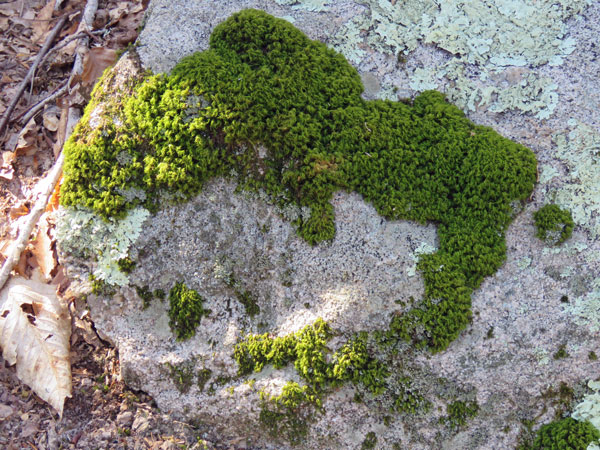
The morning after the heat wave was over we couldn’t wait to get out of the house and take a walk at the beach. I’m done with hiking in the woods for the summer. I managed to get poison ivy again last week, even after being very very careful on our last ramble. I swear it floats in the air in June. Fortunately this outbreak is not as bad as the one I had last year.



Sometimes I need
only to stand
wherever I am
to be blessed.
~ Mary Oliver
(It Was Early)

I was very surprised to see a couple of mourning doves on the breakwater. I’ve never seen them at the beach before. And I only saw the one herring gull, looking like he might be in the middle of molting. Later on the walk we saw an abundance of feathers on the rocks and floating in the water. On this day, too, there seemed to be a colorful seaweed salad floating just under the surface of the water.





The belief that nature is an Other, a separate realm defiled by the unnatural mark of humans, is a denial of our own wild being.
~ David George Haskell
(The Songs of Trees: Stories from Nature’s Great Connectors)


While we were noticing everything and anything in the water we heard a familiar bird call in the distance and then a couple of American oystercatchers flew into view!!! No pictures because they kept flying in circles around the area and whenever they went to land they disappeared behind the rocks. I do hope they are going to make a nest there like they did back in 2014. That was the last and only summer we saw them here. Click here if you’d like to see the pictures: oystercatchers!

The light must have been just right and my arm must have been steadier than usual because for some reason I got some halfway decent pictures of a cormorant. Which isn’t saying much. They’re too far away and have frustrated my attempts to photograph them for years. This one had a bit of a personality and seemed different than the others.



I have started on a new drug to manage my radiation proctocolitis symptoms and am hopeful it will make things easier for me, perhaps even get me to the point where I will feel comfortable traveling to visit our grandchildren. We’ll see. My wonderful gastroenterologist is retiring. 🙁 I will see her one last time in July. She assures me, though, that she is leaving me in good hands.
Had a wonderful weekend visiting with my sister — the talking went on forever. 🙂 I hadn’t seen her in person since December, and that was on a walk outside, six feet apart, and with masks on. What a blessing to lounge around the house and catch up. Living in the present moment.
And the grandchildren are planning another trip up here in August!!!
















































































































